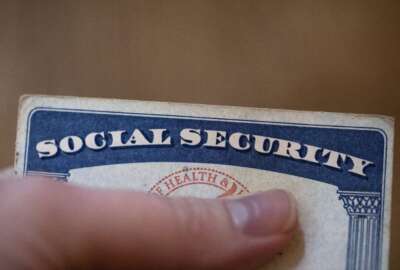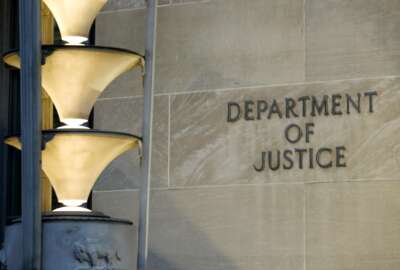Back to the office? Not if, but when…
Many pundits have predicted that as COVID fades, most of the people who have been working from home on a temporary basis will be allowed to keep working from home,...
Many pundits have predicted that as COVID fades (if it does), many if not most of the people who have been working from home on a temporary basis will be allowed to keep working from home. And while that assumption applied to the federal workforce, the White House definitely has other ideas. As in getting as many teleworkers back to the office as possible. Both for customer service and economic reasons. Consider:
As the largest employer in the nation, many taxpayers look to the federal government for what it is, or isn’t, doing about various things. More often than not with a critical eye. While the federal focus is usually on D.C. and its Maryland and Virginia suburbs, the government is everywhere. In many parts of the country Uncle Sam cranks out the largest number of paychecks every two weeks. And each local fed, by some estimates, supports or generates six private sector jobs. D.C. may have the public image of the federal swamp, but in fact places like Austin, Texas, Huntsville, Alabama, Ogden, Utah, Oklahoma City and dozens of other communities is home base — where they vote, and pay taxes — to most federal workers and retirees. Compare their public schools, local government and other operations to areas that do not have a big chunk of well-paying, recession- or inflation-proof jobs.
Imagine your community — and its tax base — if the local Veterans Affairs hospital; IRS center; federal prison; or Federal Aviation Administration, Postal Service or Interior Department operation moved away. Imagine the impact on parking lots, restaurants and other businesses if large numbers of potential customers stay home to work. Think about businesses that have closed in your area since COVID. President Joe Biden is aware of it too, and wants feds to lead the way back to the office. In his Tuesday night State of the Union speech, he told the nation, and a joint session of Congress, “It’s time for Americans to get back to work and fill our great downtowns again. People working from home can feel safe to begin to return to the office. We’re doing that here in the federal government. The vast majority of federal workers will once again work in person.”
Axios news service gave its readers a sneak preview of the renewed government back-to-the-office effort BEFORE the president announced it Tuesday.
So for a variety of reasons, many people and news outlets are looking to see how the government has operated during the pandemic, and what comes next. From a service standpoint, folks want to know when people at Social Security and the IRS, and other customer-oriented operations, will be returning to the office. The number of non-postal feds working from home (or at least a site away from their traditional office) went from 3% pre-COVID to roughly 60% today. The president’s push to get feds back to the office may bump up against federal unions which have long-championed teleworking. Much of the return-to-the-office push has come from customers of the IRS, VA and Social Security Administration. Here’s a sample of what many people are reading about the government’s flexitime program.
Nearly Useless Factoid
Tchaikovsky was able to focus on music full time thanks to the support of his patron, Nadezhda von Meck, whose only stipulation was that they never meet in person.
Source: Wikipedia
Copyright © 2024 Federal News Network. All rights reserved. This website is not intended for users located within the European Economic Area.
Mike Causey is senior correspondent for Federal News Network and writes his daily Federal Report column on federal employees’ pay, benefits and retirement.
Follow @mcauseyWFED






